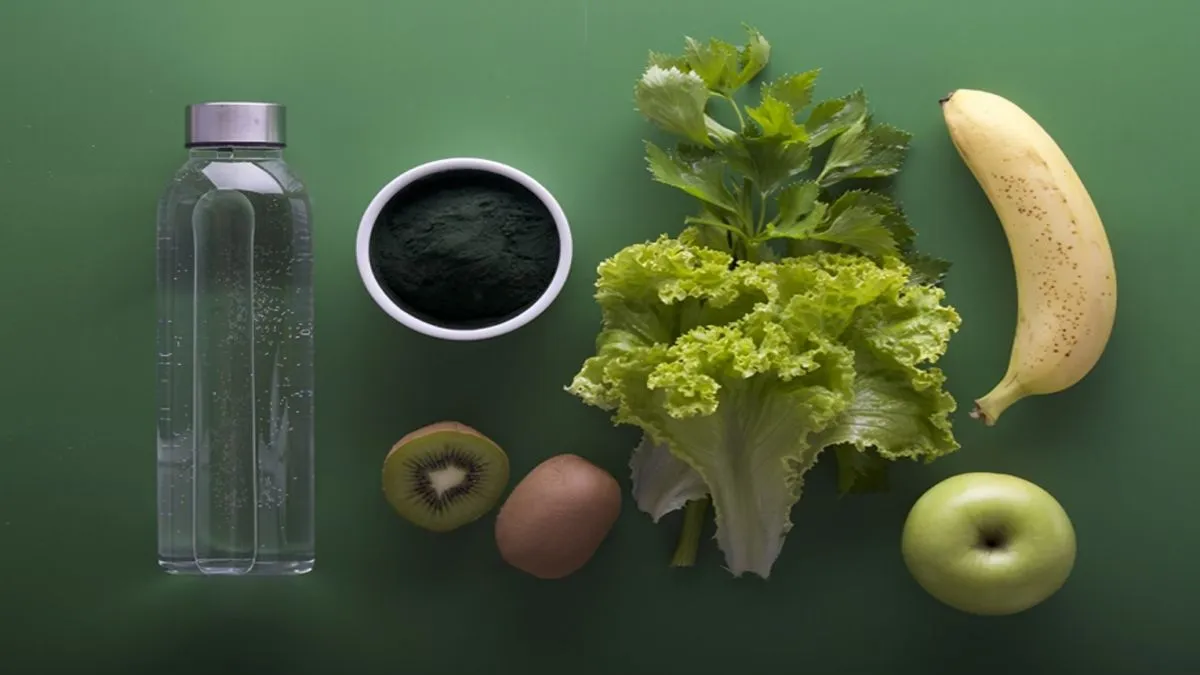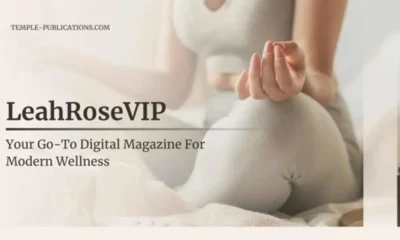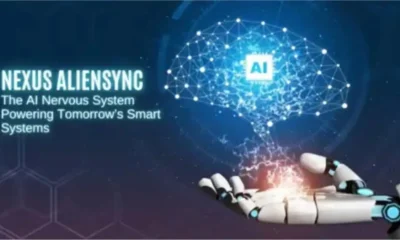HEALTH AND FITNESS
Work-Life Balance 101: How to Make Your Health a Priority

Life is busy—there’s no way around it. When you’re balancing work, friends, family, hobbies, and self-care, things start getting hectic, and sacrifices must be made. It seems like self-care is usually the first one to suffer. If you find yourself in this position, you’re not entirely out of luck—there are plenty of ways to make self-care a priority while maintaining other parts of your life. Whether your Achilles heel is exercise, diet, sleep (or all three), we’ve got tips that can help you stay healthy no matter how busy you are.
Getting Enough Exercise
Of the three main things we need to do on a daily basis to stay healthy, exercise is probably the easiest one to neglect. It’s easy to convince ourselves we’ll go to the gym tomorrow, or on the weekend, or that we really will start the routine and stick to it next week. Unfortunately, once we get into that thought pattern, we rarely follow through, and it often gets put off indefinitely.
While taking the initiative to stay fit comes down to discipline, one way to reduce the friction between the thought of exercise and actually doing it is to make exercise as accessible as possible. Many people swear by going to the gym, and for many, having a dedicated place and time to exercise is a great way of building a routine and sticking to it. This kind of consistency is great for developing good habits, and once they’re formed, it’s much easier to stick with them.
For those with busy lifestyles, who are working full-time, studying hybrid MSW programs or other demanding courses, and juggling familiar obligations, sometimes this just isn’t feasible. Many people don’t have enough time in their day to fit in 60+ minutes to drive to a gym, work out, take a shower, and drive to work or home. For others, going to a gym just isn’t a good fit for their personality, lifestyle, or budget. Whether it be issues with time, body image, anxiety, or money, the solution is the same: work out at home.
While TV ads may have put it in your head that you need fancy machines to get in shape, the reality is that exercise can be done anywhere, any time. Running is free, and you can run just about anywhere. Another cheap, fast way to get in shape is calisthenics. While pushups and situps can be a challenge when you start off, the rewards are great. In fact, studies have shown that calisthenics can be every bit as effective as lifting weights.
Maintaining a Healthy Diet
Eating healthy is almost as easy to forget or neglect as exercise, but it may be even more important. Eating a balanced diet has been shown time and time again to have a truly impressive impact on both your physical and mental health, and the costs of eating an unhealthy diet for prolonged periods can be just as dramatic.
Luckily, eating healthy isn’t as hard as you may have convinced yourself! We shouldn’t underestimate just how addictive and harmful junk food is—this isn’t a habit that’s easy to break. But it might help to know that, while fruits and veggies will never bring the instant dopamine hit of a fatty burger and sugary caffeinated beverages, science shows that they do quite literally make you happier, not only by alleviating depression in the long term but even promoting feelings of wellbeing and happiness right after a meal.
While it’s difficult to beat the convenience of a fast-food drive-thru, a little meal prepping can make healthy eating almost as easy. By taking just a few hours out of one day a week to cook healthy foods in batches and pre-portion them, you can elevate the quality of your food intake substantially.
Sleeping Well
Having bad sleep hygiene can have a seriously negative impact on your health, and it’s not always easy to correct. If you’re having serious problems with sleep, it’s best to consult your doctor to ensure that you don’t suffer serious consequences. With that out of the way, if you’re just having mild problems falling or staying asleep, we’ve got you covered.
Avoiding bright lights before bed is a crucial step that many people miss. It’s so easy to spend the last hour of the day watching TV, scrolling through social media, or playing video games—after all, they often feel like a great way to wind down. Unfortunately, they’re not helping you sleep. Staying away from bright screens for 2 – 3 hours before bed is recommended to reduce the impact on your circadian rhythm.
Believe it or not, both diet and exercise can have a serious impact on your quality of sleep, too. Getting insufficient exercise and eating a diet without sufficient protein have both been shown to harm quality of sleep. This just goes to show that staying healthy is truly a holistic activity that requires discipline and routine to maintain—there’s no better time to start taking care of yourself than today!
-

 BIOGRAPHY7 months ago
BIOGRAPHY7 months agoBehind the Scenes with Sandra Orlow: An Exclusive Interview
-

 HOME1 year ago
HOME1 year agoDiscovering Insights: A Deep Dive into the //vital-mag.net blog
-

 HOME1 year ago
HOME1 year agoSifangds in Action: Real-Life Applications and Success Stories
-

 BIOGRAPHY1 year ago
BIOGRAPHY1 year agoThe Woman Behind the Comedian: Meet Andrew Santino Wife




























